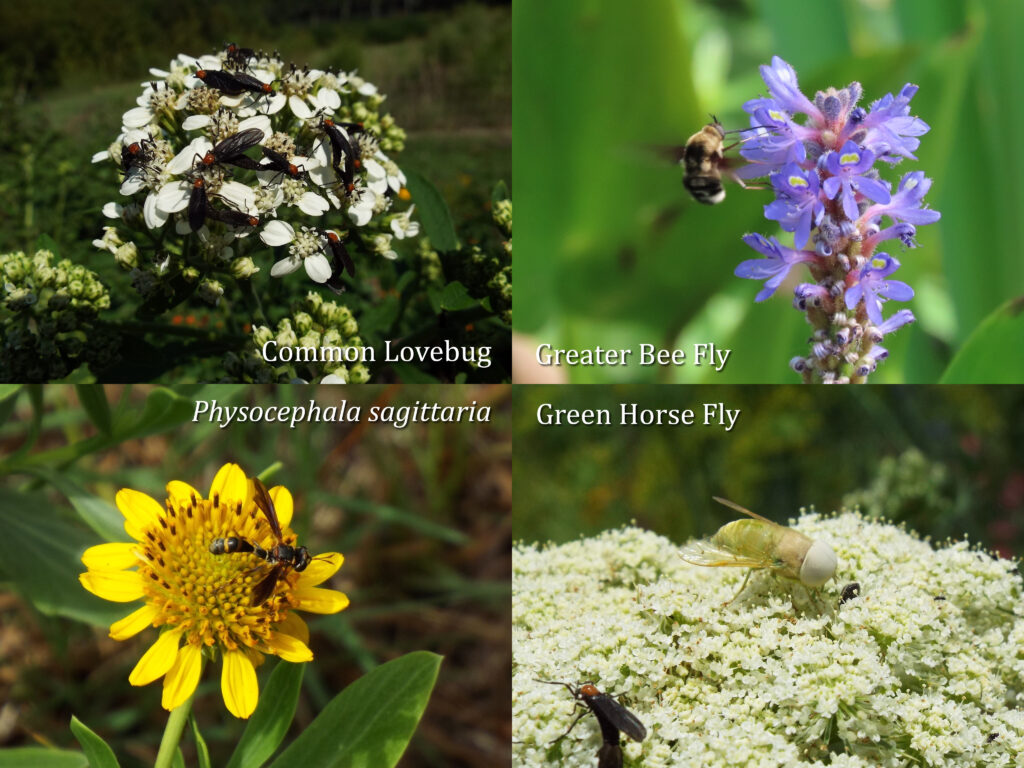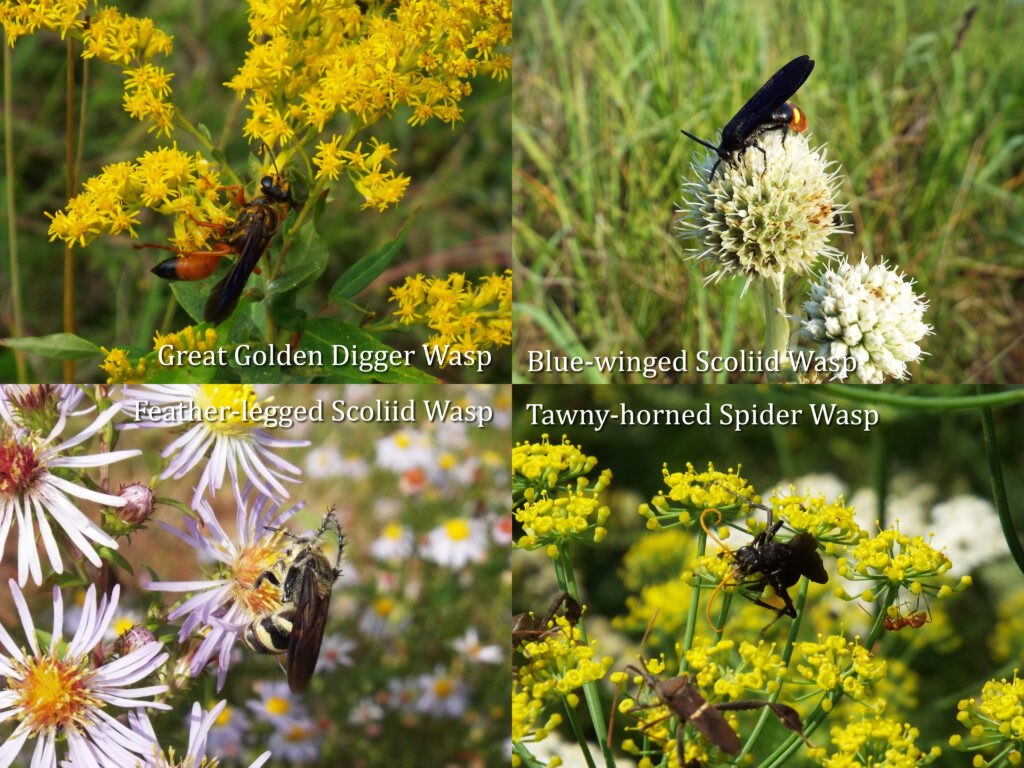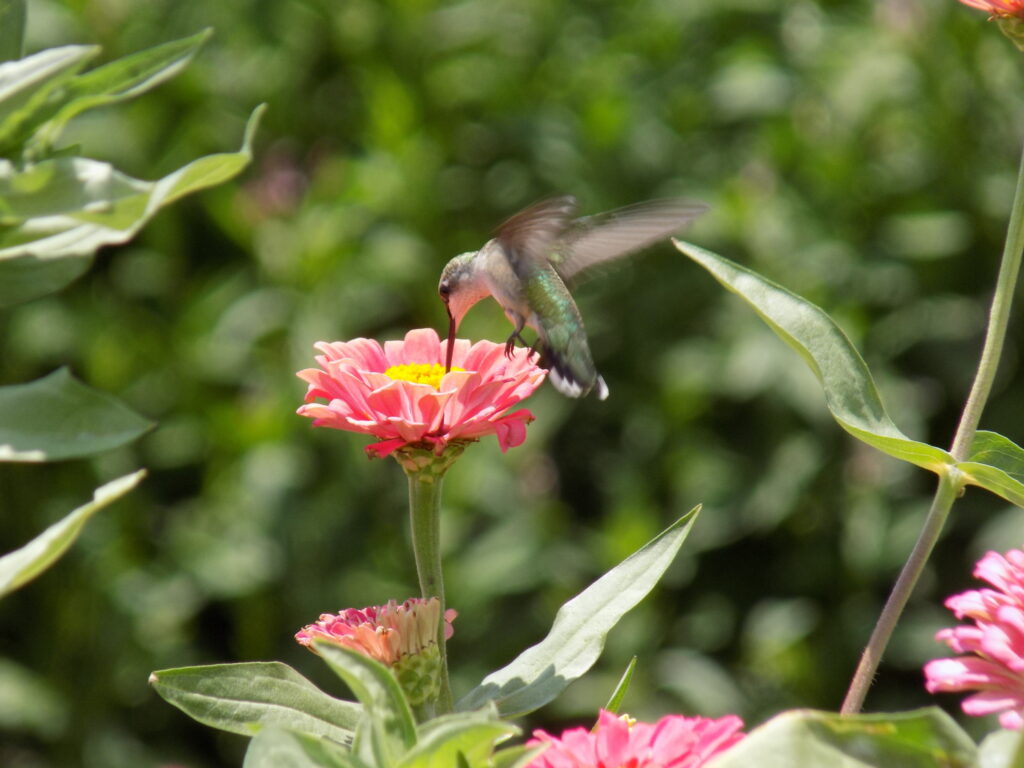
It’s Pollinator Week, a time to think about, appreciate, and help out the pollinators who keep agriculture and ecosystems going behind the scenes! We all know honeybees, bumblebees, and butterflies and appreciate the pollinating they do, but do you know all the other critters that pollinate?
Beyond honeybees and bumblebees, we also have myriad species of native solitary bees who are every bit as important as their social cousins. Our native leafcutter, miner, digger, cellophane, sweat, and carpenter bees all carry their weight in pollinating not only our native plants but our garden vegetables, fruit trees, and agricultural crops. They’re often specialize for certain groups of plant and time their emergence to when these plants are blooming.

Beetles were the world’s first pollinators and still play an important part in pollinating many species of wildflowers as well as magnolias. Beetles lack the coordination and efficiency of other pollinators but their size and posture mean they get coated head to toe in pollen before moving to another flower.

Flies of all shapes and sizes fill a vital role in pollinating small flowers. Many flies are small and agile, allowing them to precisely move between tiny, spaced-out flowers. Other flies, like Lovebugs, emerge in swarms and clumsily crawl across flower-heads from all manner of plants, pollinating as they go.
Ants are a key pollinator of many low-growing plants, like Wild Ginger. Although not a common pollinator they are critical to the survival of these plants. Other plants have developed ways to enlist ants for guard duty. These plants secrete nectar from their leaves, stems, or elsewhere in order to convince ants to patrol their stems and attack any pests they encounter.

Wasps are our most under-appreciated pollinators. Wasps are a very diverse group with varied life histories. Many rely heavily on nectar and pollen to survive and act as vital pollinators in the process. Other species pull double duty, where adults drink nectar and pollinate flowers as they patrol for caterpillars and other arthropods. They capture these potential pests and bring them back to feed to their young, helping control crop pest populations in the process.

Last but not least, Ruby-throated Hummingbirds have formed mutualistic relationships with many species of wildflower in the Southeast. These plants have shaped their flowers so that only hummingbirds can use them. In exchange for nectar, the hummingbird’s head is dusted in pollen that it carries with it to other plants in the area.